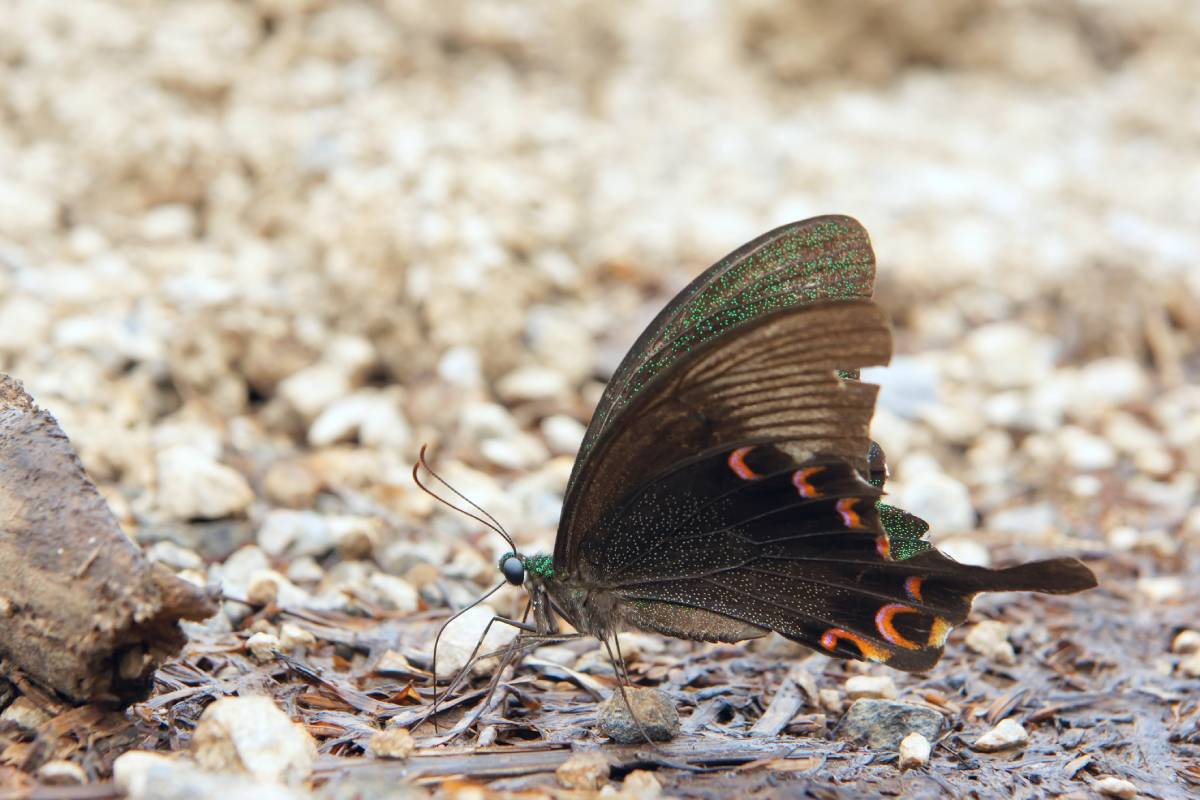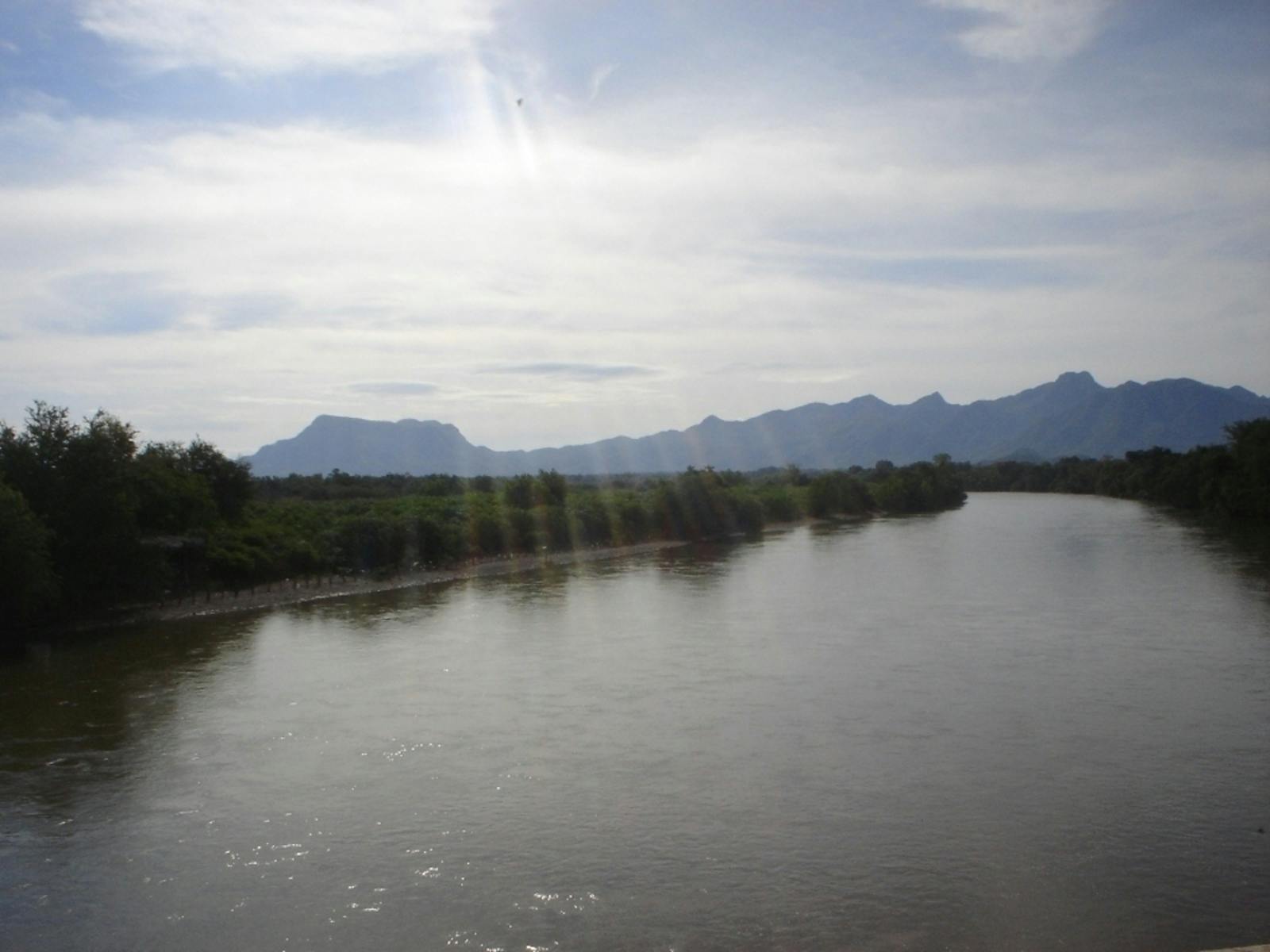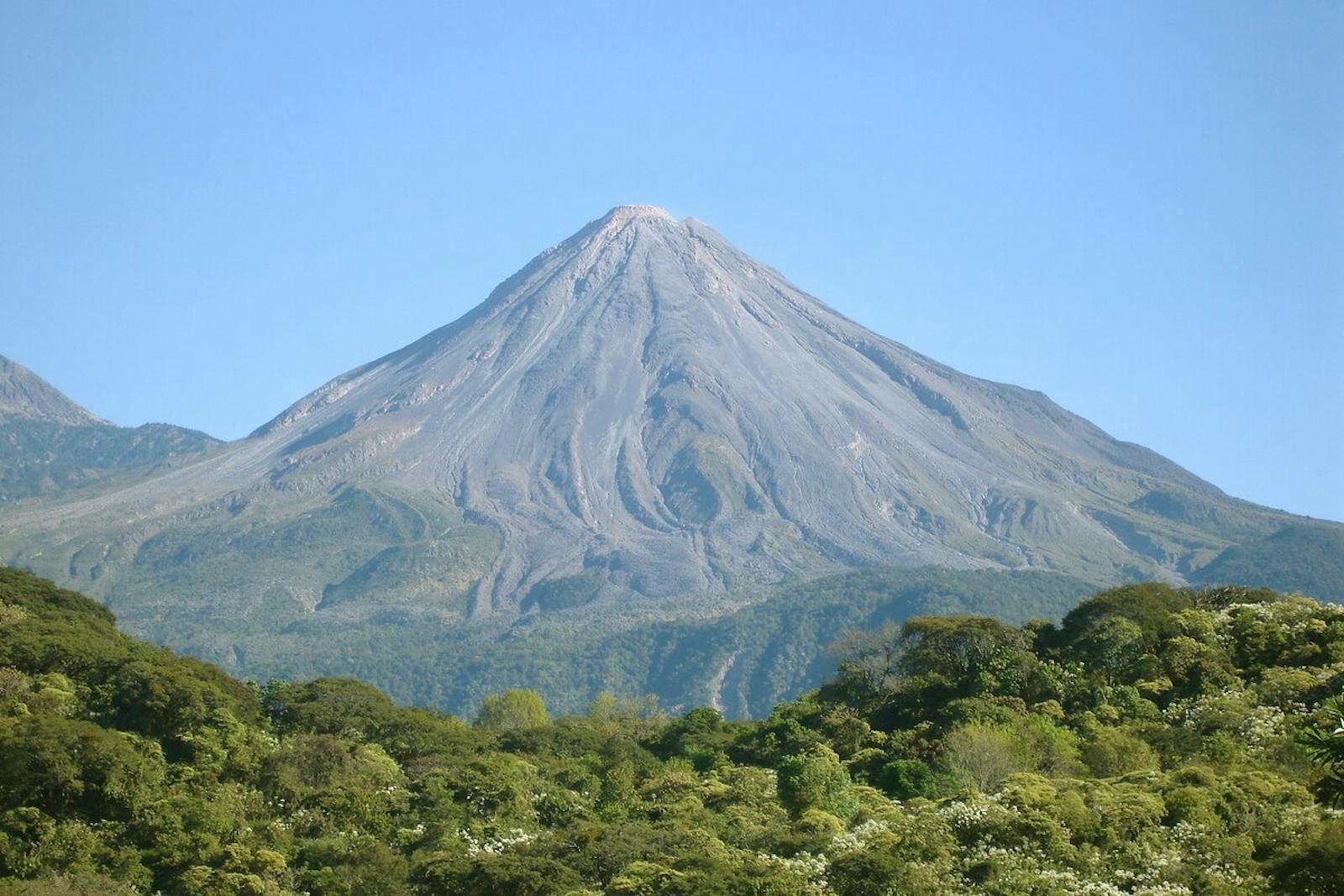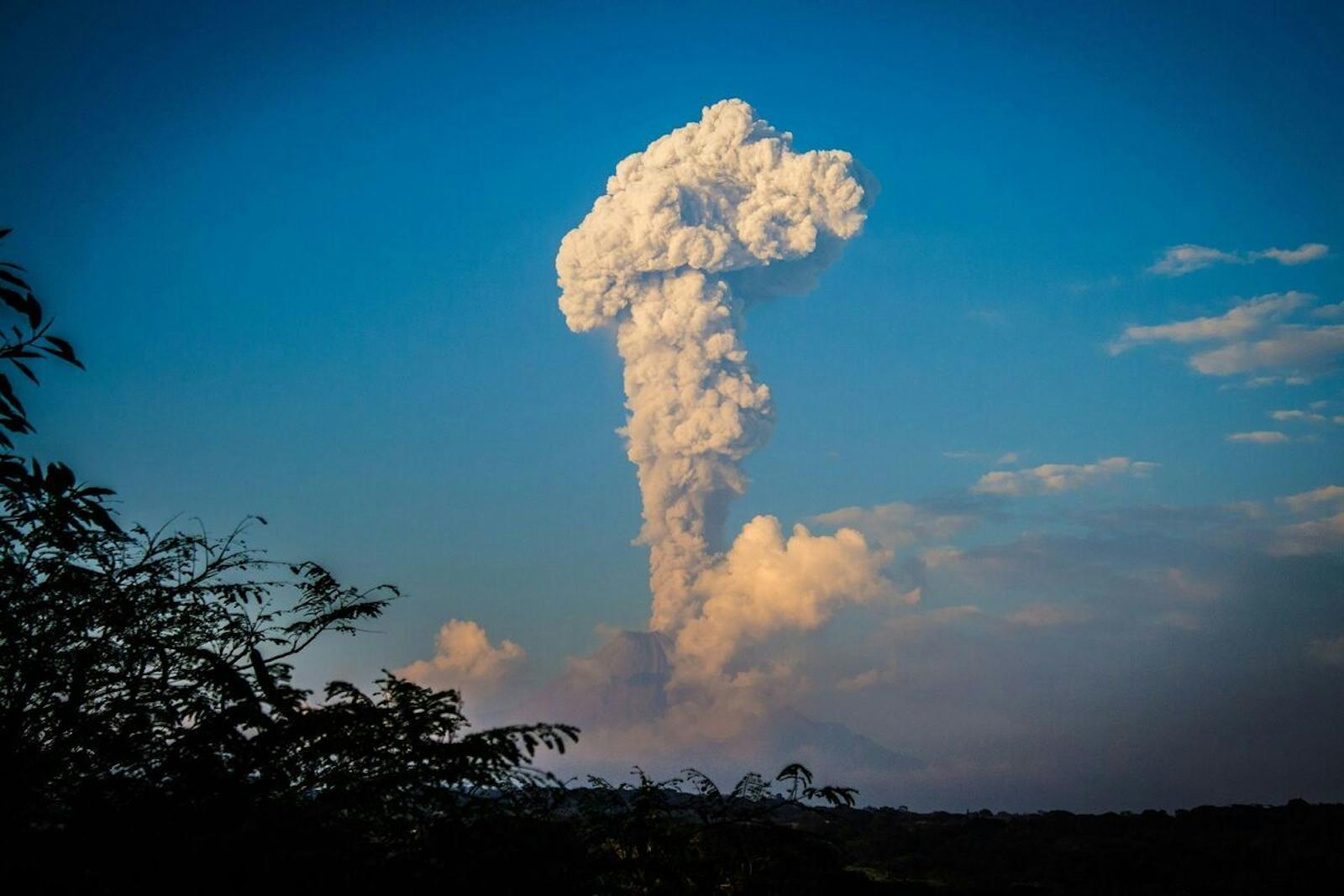Balsas Dry Forests
The ecoregion’s land area is provided in units of 1,000 hectares. The protection goal is the Global Safety Net (GSN1) area for the given ecoregion. The protection level indicates the percentage of the GSN goal that is currently protected on a scale of 0-10.
Bioregion: Mexican Dry & Coniferous Forests (NT28)
Realm: Central America
Ecoregion Size (1000 ha):
6,258
Ecoregion ID:
522
Conservation Target:
16%
Protection Level:
7
States: Mexico
The Balsas Screech-owl is a distinctive brown-eyed, relatively large screech owl that is near-endemic to the Balsas Dry Forests ecoregion, with the center of its range around the Balsas River Basin. These distinctively striped owls take advantage of the deciduous dry forests canopy, which becomes much more accessible during the dry season when trees are nearly leafless. Although little is known about the species, it is presumed to feed on arthropods and other small mammals, lizards, and birds. Their territorial calls are described as a “bouncing ball song” that gets progressively louder, making them among one of the most distinct nocturnal species in the Balsas dry forests.
The Balsas Dry Forest ecoregion is in southern Mexico, south of the mountainous Trans-volcanic belt. It runs west to east over relatively flat terrain; the mountains of Sierra Madre del Sur mark the western boundary along the Pacific coast, while the Sierra Norte Mountains in Oaxaca constitute its easternmost limit. The Balsas basin forms a valley descending to 200 m above sea level in the west, while the northern side of the depression is a plateau containing the highest elevations that reach 1,000 m with a few scattered peaks at 2,000 m. The climate is tropical subhumid, with a severe dry season that can last up to eight months. Precipitation stays below 1,200 mm/year.
The dominant flora species found here include palo mulato, fragrant bursera, and chupandia. Other species of trees such as pochote, Mexican logwood, morning glory, and feather bush are present as well. Cacti are also common elements of this community. The herbaceous stratum is poorly developed, but grass species such as sideoats grama, Rothrack grama, and Hilaria semplei can be found.
_female_Piquiri_River-%20Found%20in%20493-CC-Charles%20J%20Sharp-2015.JPG)
Jaguar. Image credit: Charles J Sharp, Creative Commons
The isolation of the Balsas Dry Forests from other forests of its kind has promoted extensive taxa diversification, resulting in a high number of endemic species. It is regarded as the main speciation zone for the tree genus Bursera, as a center for diversification and endemism of Leucaena, and the largest of the guaje rojo trees is found only in this habitat.
The Balsas dry forests have high mammalian diversity. Species include jaguarundi, coati, ocelot, collared peccary, jaguar, coyote, and grey fox. Many species of mammals have their distribution limits to this area, including the silky pocket mouse, and bats such as California myotis, long-legged myotis, and western yellow bat. The burrowing toad, the only survivor of its family, lives in the southern estuaries of the Balsas Dry Forest. The strictly endemic Balsas screech owl is found here along with the green parakeet, banded quail, greater roadrunner, crested guan, and orange-fronted parakeet. Eleven species of papilionid butterflies are also endemic to this ecoregion.

A swallowtail butterfly ( (Papilio bianor Cramer) on ground.
Dry forests once occupied 70% of the state of Morelos, but now only 10% of the remaining vegetation is considered to have little perturbation. Sites of conservation priorities within this ecoregion include Manantlán-Volcán de Colima, Cerro Ancho-lago de Cuitzeo, Hoya Rincón de Parangueo, Cerro Viejo-sierras de Chapala, and Tancítaro. Tumbiscatío, Tancítaro, Cuitzeo, Pátzcuaro, Cuenca Baja del Balsas, Sierra Chincua, Tacámbaro, and Sierra de Taxco-Nevado de Toluca have been identified as important areas for bird conservation.
Agricultural expansion and cattle farming have converted much of the original natural habitats in this ecoregion and are the main threats to local biodiversity. Illegal extraction of trees and hunting of mammals for bushmeat trade is extensive and has reduced populations of species like white-tailed deer and collared peccary. In the state of Michoacán, the illegal trade of native species both in the pet trade and for collectors are increasing and threatening many species of (native) birds, orchids, and cacti.
The priority conservation actions for the next decade will be to: 1) reinforce laws that prohibit the trade and extraction of native species; 2) implement management plans that prohibit excessive logging; and 3) revise and expand the existing protected areas system to include larger intact habitats for the many vertebrates with large home ranges that they intend to protect.
Citations
1. Arriaga, L., J. M. Espinoza, C. Aguilar, E. Martínez, L. Gómez, y E. Loa (coordinadores). 2000. Regiones terrestres prioritarias de México. Escala de trabajo 1:1 000 000. Comisión Nacional para el Conocimiento y uso de la Biodiversidad. México.
2. Benitez, H., C. Arizmendi, y L. Marquez. 1999. Mexico: Base de datos de las AICAS. CIPAMEX, CONABIO, FMCN y CCA.
3. Gaona-Ramírez, S., G. López-Otega, yA. Castro-Campillo. 1990. Zonas de México con contenido mastozoológico notable. II Simposio Internacional sobre áreas naturales protegidas, 22 al 26 de octubre de 1990. Memorias. UNAM, México.






